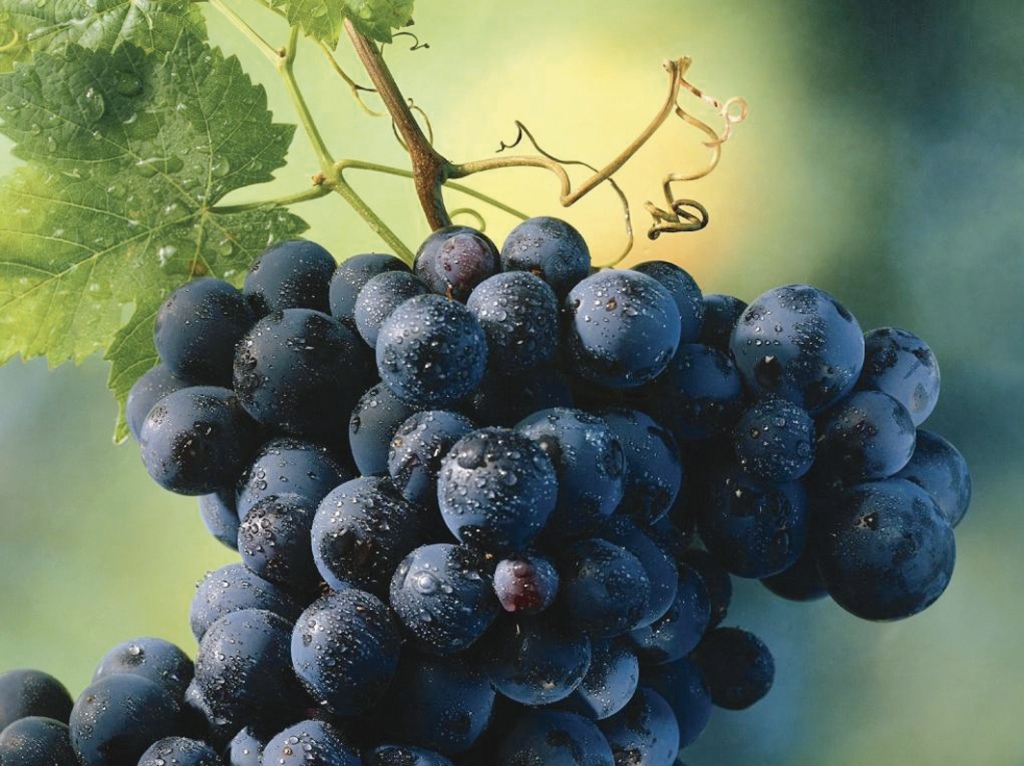Lessons in wine: Why Argentina is far more than just Messi and Malbec

Argentinian wine is synonymous with Malbec, the country that turned the fortunes of this grape variety around. So, while Argentinian winemakers have cultivated the white grape Torrontes with great success, it is the full bodied, rich and concentrated Malbec that steals the show. Malbec is better known in South Western France as Cot and was exported to Argentina from Bordeaux, where it is one of the six grapes permitted in the Bordeaux blend. Ironically, thanks to its success in Argentina, Malbec is now making a resurgence in France and around the world. But don’t forget, there is more to Argentina than Malbec, however good it may be.
Argentina is the largest wine producer in South America and the fifth largest in the world. It has huge diversity of terroir which gives winemakers the freedom to experiment with different grape varieties. The vineyards are found on the west side of the country, closer to the Andes Mountains on some of the highest elevations in the world, (it’s faster to take a plane to Mendoza from Santiago in Chile than it is from Buenos Aires).
The story of the leading wine regions is one of altitude. The vineyards planted in Mendoza – the region with the greatest reputation – are located 600-1,100 metres above sea level, and are approximately the size of Finland. Salta, the up and coming area in Argentina, boasts the highest vineyards in the world, with a elevations of up to 3,000 metres above sea level. The importance of this altitude cannot be overstated; for every hundred meters you go up, the temperature drops one degree celsius. The great inclination of the slopes also improves drainage and in turn helps the grapes to ripen. The higher the altitude, the higher the ultraviolet radiation which helps to stimulate richer tannin creation. Annual rainfall in Mendoza is low at about a sixth of that in Bordeaux and most falls during the summer months, which improves growth.
This wonderful diversity in soil types, altitude and grape growing conditions means that Argentina can deliver a vast array of wines. Pinot Noir and Piemontese Bonarda, originally imported by Italian immigrants along with Tannat, are being experimented with. Winemakers are also excelling with Cabernet Sauvignons, Petit Verdot and Cabernet Franc. Bodegas Catena Zapata, one of the leading Malbec producers, has made a 100 per cent Cabernet Sauvignon called Nicolas Catenea Zapata, which has been making waves after being awarded 98 points by Robert Parker’s Wine Advocate in 2008. Petit Verdot is no slouch either, with Vina Alicia Cuarzo producing a 95 per cent Petit Verdot, which in 2005 was awarded 94 points. However, my favourite is Cabernet Franc, which benefits from the altitude to produce, at its best, St Emilion and Pomerol-esque wines. The acme of this grape is El Enemigo, a spin-off from Nicolas Catena Zapata in 2011, which was recently awarded 98 points, climbing to the same heights as the greatest Argentinian Malbecs.
The future is bright for Argentinian wine and the new-wave of winemakers are intent on delivering truly great reds, outside of the Malbec monopoly. It’s telling that in 2014 Argentina introduced a new national IG (Indicación Geográfica), designed to organise zones by climate and soil in order to define appellations. However, this does not define varietals or yields as is common in Europe, only location. This clearly displays their intention not to restrict varieties, just to make great wines.[custom id="2"]